How to Bathe a Dog: A Complete Guide for Proper Dog Grooming
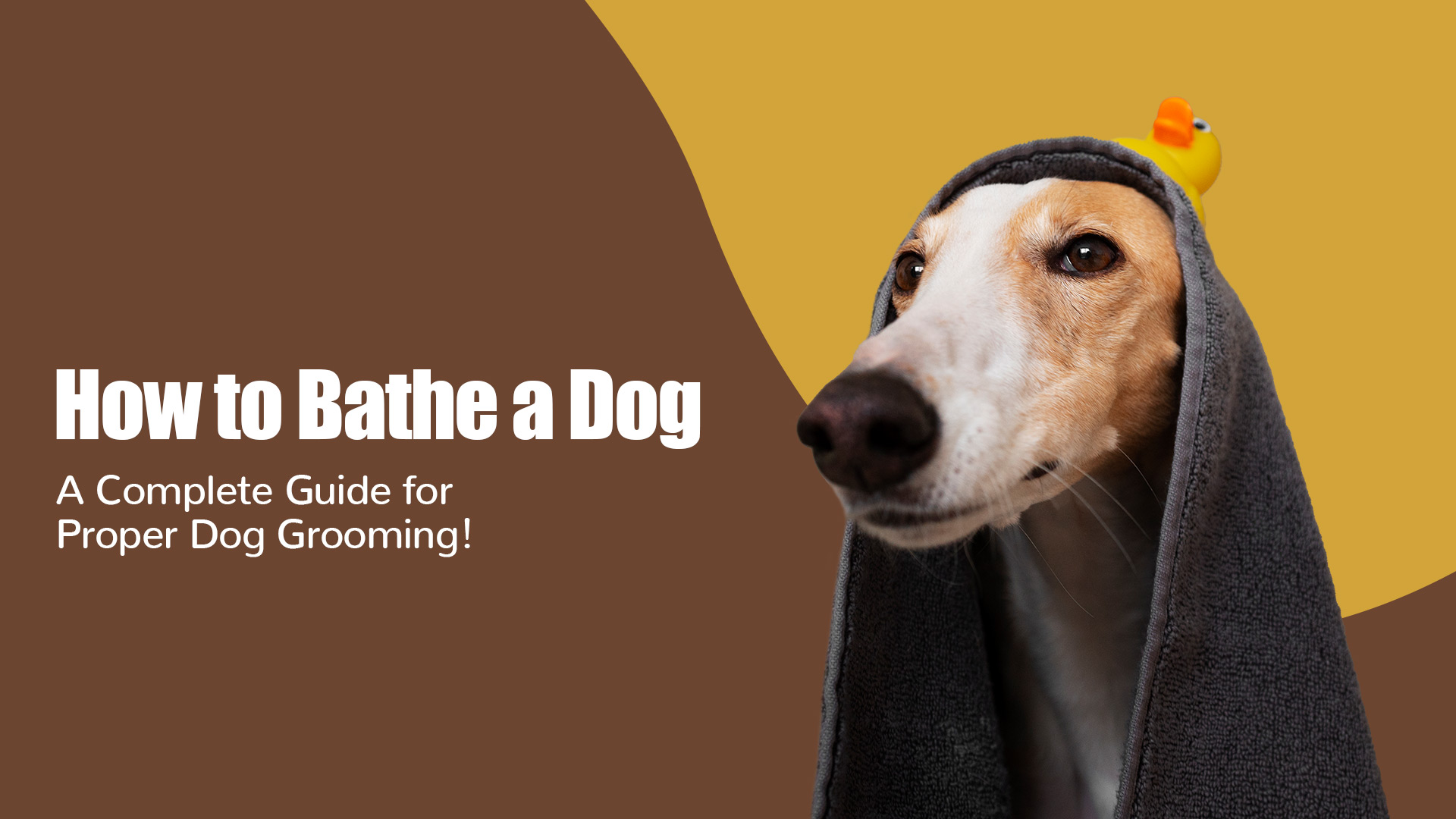
Understanding Your Dog’s Bathing Needs
Every dog has unique grooming needs, and bathing is a crucial part of their care routine. Understanding these needs helps ensure that your pet stays clean, healthy, and comfortable. Factors such as breed, activity level, and skin condition all play a role in determining the ideal bathing frequency. By learning how often to bathe your dog and what influences their bathing schedule, you can provide the best care for their coat and skin health.
How Often Should You Bathe Your Dog?
The ideal dog bathing schedule varies depending on breed, lifestyle, and coat type. Generally, dogs should be bathed once every 4-6 weeks, but some may require more frequent baths due to skin conditions or outdoor activities.
Factors That Affect Bathing Frequency
Several factors determine how often your dog needs a bath:
- Coat Type: Dogs with longer or thicker coats may need more frequent grooming to prevent matting and dirt buildup.
- Activity Level: Active dogs that play outdoors often will need baths more frequently than indoor pets.
- Skin Conditions: If your dog has dry skin, allergies, or sensitivities, a specialized dog shampoo for dry skin may be required.
- Odor & Dirt: Some dogs naturally have stronger body odors and need more frequent baths to stay fresh.
How to Bathe a Dog Properly
Giving your dog a proper bath is crucial for maintaining their coat, skin health, and overall hygiene. While some dogs may love bath time, others might find it stressful. The key to a successful bathing experience is preparation, patience, and the right techniques. Ensuring you use the best dog shampoo for their skin type and following a structured approach will make the process smooth and beneficial for both you and your furry companion.
Preparing for the Bath: What You Need
Before you start, gather all necessary supplies to ensure a smooth and stress-free bath time. You’ll need:
- Best dog shampoo suitable for your pet’s skin and coat type
- Lukewarm water
- A cup or sprayer for rinsing
- Soft towels
- A non-slip mat to keep your pup secure
- A brush to detangle knots before bathing
- A hairdryer (optional for long-haired breeds)
Step-by-Step Guide to Bathing Your Dog
Bathing your dog the right way ensures not only cleanliness but also promotes overall skin health and comfort. A well-structured bathing routine can help prevent skin irritations, infections, and excessive shedding. Here’s a detailed breakdown to make the process efficient and enjoyable for both you and your pup:
- Brush First: Before getting your dog wet, thoroughly brush their coat to remove any loose fur, tangles, and dirt. This helps prevent matting, which can become worse when the coat is wet.
- Prepare the Water: Fill the tub or basin with lukewarm water. Avoid using hot or cold water, as extreme temperatures can shock or distress your pet.
- Wet Your Dog: Using a gentle sprayer or a cup, slowly wet your dog’s fur, starting from the neck and moving downward. Avoid pouring water directly over their head to prevent discomfort.
- Apply Shampoo: Use a high-quality dog shampoo that suits your dog’s coat and skin type. Lather the shampoo thoroughly, paying special attention to dirt-prone areas like paws, underbelly, and tail.
- Massage & Rinse Well: Gently massage the shampoo into the skin to ensure deep cleansing while also giving your pup a relaxing experience. Rinse thoroughly to remove all traces of shampoo, as residue can lead to skin irritation.
- Dry Thoroughly: Use an absorbent towel to pat your dog dry. For long-haired breeds, a low-heat hairdryer can help speed up drying while preventing dampness that could cause skin infections.
By following these steps, you’ll ensure that your dog’s bath time is effective, stress-free, and beneficial for their overall well-being.
- Brush First: Remove tangles and loose fur to prevent matting when wet.
- Prepare the Water: Ensure the water is lukewarm, as extreme temperatures can cause discomfort.
- Wet Your Dog: Use a gentle sprayer or a cup to wet your dog’s coat thoroughly.
- Apply Shampoo: Lather the shampoo evenly, paying extra attention to dirt-prone areas like paws and underbelly.
- Massage & Rinse Well: Gently massage the shampoo into your dog’s skin and rinse thoroughly to remove all product residues.
- Dry Thoroughly: Use a towel or hairdryer on a low setting to dry your dog’s fur completely, preventing moisture-related skin issues.
Drying and Post-Bath Care Tips
- Towel drying is essential to remove excess moisture before using a dryer.
- Brushing post-bath helps prevent tangling and promotes a smooth coat.
- Use a leave-in conditioner for added moisture, especially if your dog has dry skin.
Choosing the Best Dog Shampoo
Choosing the right shampoo for your dog is essential for maintaining healthy skin and a clean, shiny coat. The best dog shampoo should cater to your pet’s specific needs, whether it be for moisture, sensitivity, or odor control. With numerous options available in the market, selecting the right formula requires understanding key ingredients, skin types, and bathing frequency.
Ingredients to Look for in Dog Shampoos
Not all shampoos are created equal. Some contain harsh chemicals that may strip natural oils, while others provide nourishment and hydration. Look for shampoos with:
- Aloe vera & oatmeal – Soothing for dogs with itchy or sensitive skin.
- Coconut oil & shea butter – Excellent for hydration, particularly for dogs with dry skin.
- Chamomile & tea tree oil – Natural antibacterial and anti-inflammatory properties that promote healing.
- Vitamin E & omega fatty acids – Help maintain a shiny and healthy coat.
- Hypoallergenic formulas – Ideal for dogs prone to allergies or skin irritations.
Best Dog Shampoo for Different Skin Types
Each dog has unique skin and coat requirements. Using the appropriate shampoo can help prevent common skin issues and enhance coat health:
- For dry skin: A dog shampoo for dry skin enriched with oatmeal, glycerin, and coconut oil will help restore moisture and soothe irritation.
- For sensitive skin: Opt for hypoallergenic, fragrance-free shampoos with aloe vera and chamomile to prevent allergic reactions.
- For odor control: Deodorizing shampoos with natural extracts like lavender or citrus work best to neutralize strong pet smells.
- For flea and tick prevention: Medicated shampoos with neem oil or pyrethrin can help repel parasites and keep your pet pest-free.
By selecting the right dog shampoo, you can enhance your pup’s bathing experience while ensuring their coat and skin remain healthy, hydrated, and irritation-free.
Ingredients to Look for in Dog Shampoos
Selecting the right shampoo is vital for your pet’s skin health. Look for shampoos with:
- Aloe vera & oatmeal (soothing for sensitive skin)
- Coconut oil (natural hydration for dry skin)
- Chamomile & tea tree oil (anti-inflammatory and antibacterial benefits)
Best Dog Shampoo for Different Skin Types
- For dry skin: Choose a dog shampoo for dry skin with moisturizing ingredients like oatmeal and shea butter.
- For sensitive skin: Hypoallergenic, fragrance-free shampoos work best.
- For odor control: Deodorizing shampoos with natural extracts help neutralize strong pet smells.
Dog Bathing Schedule: How Often Should You Bathe Your Dog?
Establishing a proper dog bathing schedule is crucial to maintaining your pet’s hygiene and skin health. Bathing too frequently can strip essential oils from their coat, leading to dryness and irritation, while infrequent baths may cause dirt buildup and unpleasant odors. The right balance depends on factors such as breed, coat type, lifestyle, and environmental conditions.
Bathing Frequency Based on Coat Type
- Short-haired breeds: These dogs typically require baths every 6-8 weeks, as their coats do not trap much dirt or debris.
- Medium-haired breeds: A bath every 4-6 weeks helps maintain cleanliness and prevent matting.
- Long-haired breeds: Due to their thick and often tangle-prone fur, long-haired dogs benefit from a bath every 3-4 weeks to keep their coats fresh and manageable.
Seasonal Changes and Bathing Adjustments
- Summer: With increased heat and humidity, dogs may sweat more and pick up outdoor grime, requiring more frequent baths to keep them cool and comfortable.
- Winter: In colder months, bathing should be reduced to avoid stripping natural oils that protect against dry skin. Using a moisturizing dog shampoo for dry skin can help maintain hydration.
- Rainy Season: Wet and muddy conditions may necessitate more frequent baths to remove dirt and prevent fungal infections, especially for dogs that love outdoor adventures.
To maintain a balanced bathing routine, always observe your dog's coat and skin condition. Adjust their bath schedule as needed to ensure optimal cleanliness without over-washing.?
Dog Shampoo for Dry Skin: How to Keep Your Dog’s Skin Healthy
Common Causes of Dry Skin in Dogs
Dry skin in dogs can be caused by various factors such as:
- Frequent bathing with harsh shampoos
- Allergies or poor diet
- Cold weather and low humidity
- Underlying medical conditions
How to Choose the Right Shampoo for Dry Skin
Opt for a dog shampoo for dry skin with:
- Hydrating ingredients like aloe vera, coconut oil, and glycerin
- No artificial fragrances or parabens that could further irritate the skin
Additional Tips for Managing Dry Skin
- Increase omega-3 intake through fish oil supplements.
- Use a humidifier to maintain moisture levels indoors.
- Limit bath frequency and always follow up with a moisturizing conditioner.
Conclusion
Bathing your dog is more than just a hygiene practice; it’s an opportunity to bond and keep their skin and coat in top condition. By following a proper dog bathing schedule, using the best dog shampoo, and learning how to bathe a dog properly, you can ensure a healthy, happy pet. Always choose a dog shampoo for dry skin if your pet has sensitivities, and adjust bath frequency based on their coat type and lifestyle. A well-groomed pup is a happy pup!
FAQ
1. Can I use human shampoo on my dog?
No, human shampoo is not suitable for dogs. Human shampoos have a different pH balance that can disrupt your dog’s natural skin barrier, leading to dryness, irritation, and potential skin infections. Always use a specially formulated dog shampoo to maintain coat health and prevent irritation.
2. How do I keep my dog calm during a bath?
To keep your dog calm during bath time, try the following:
- Use positive reinforcement – Offer treats and praise to create a positive association with bathing.
- Make it a routine – Regular baths will help your dog become accustomed to the process.
- Use lukewarm water – Ensure the temperature is comfortable to avoid stress.
- Keep a gentle touch – Speak softly and handle your dog with care to prevent anxiety.
3. What should I do if my dog hates baths?
If your dog dislikes baths, consider:
- Using a gradual approach – Start by introducing them to water slowly.
- Trying waterless shampoo or wipes – These are great alternatives for dogs who resist traditional baths.
- Bathing in a calm environment – Reducing noise and distractions can make a big difference.
- Offering high-value rewards – Treats and playtime after a bath can help build a positive association.
4. How do I clean my dog’s face safely?
Cleaning your dog’s face requires extra care:
- Use a damp cloth or pet-safe wipes – Avoid pouring water directly on the face.
- Be cautious around the eyes and ears – Use a soft, wet cloth to gently wipe away dirt.
- Choose a mild, tear-free shampoo – If washing near the face, ensure it’s a gentle formula that won’t irritate their eyes.
5. Can I bathe my dog too often?
No, overbathing can strip your dog’s coat of natural oils, leading to dry and itchy skin. The ideal bathing frequency depends on their breed, coat type, and lifestyle. Generally, dogs should be bathed every 4-6 weeks unless they have specific skin conditions requiring more frequent care.







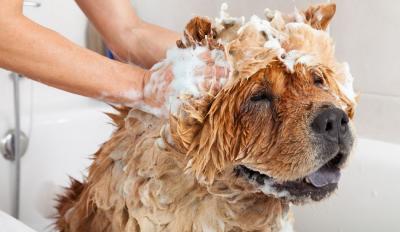


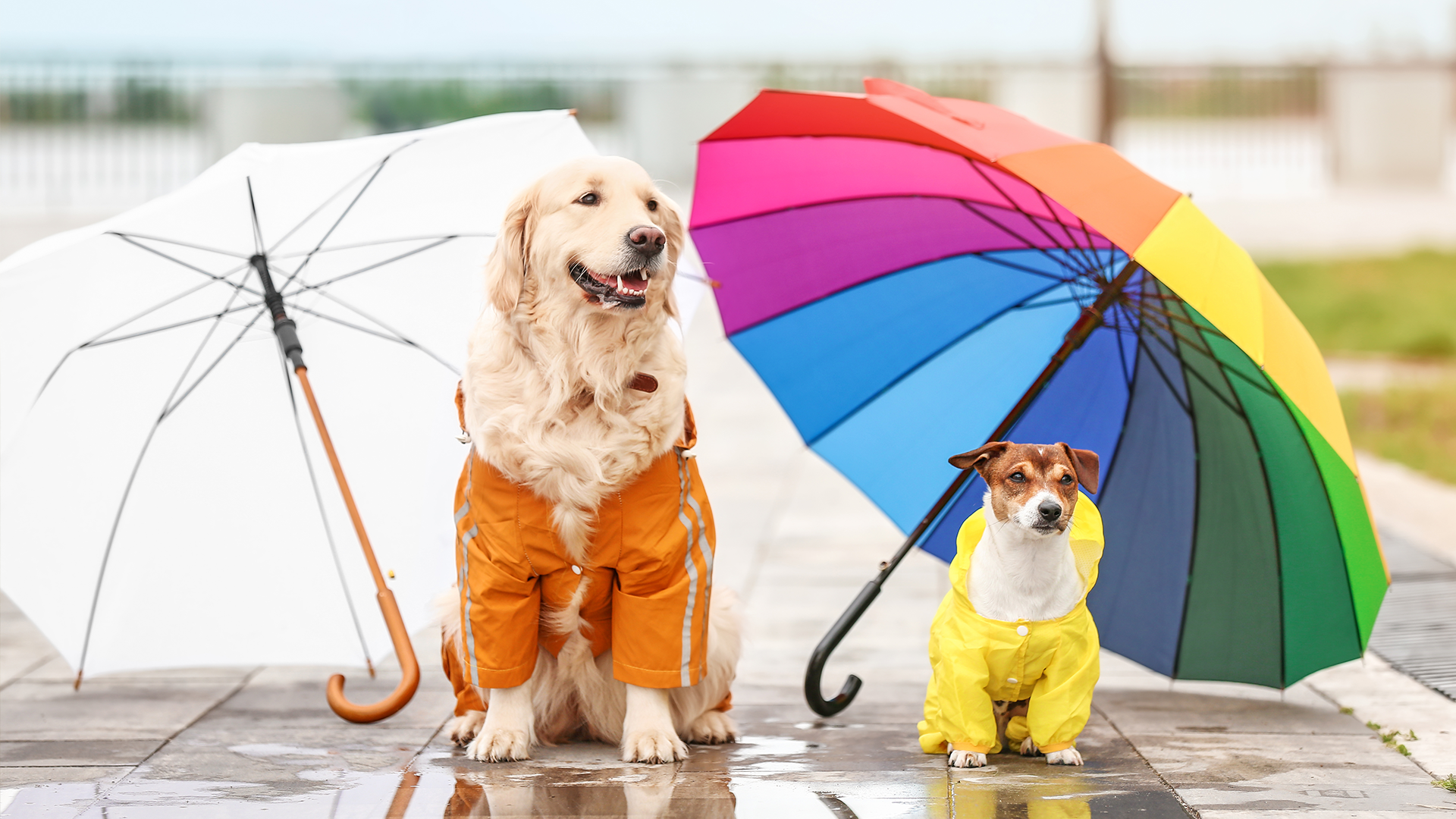


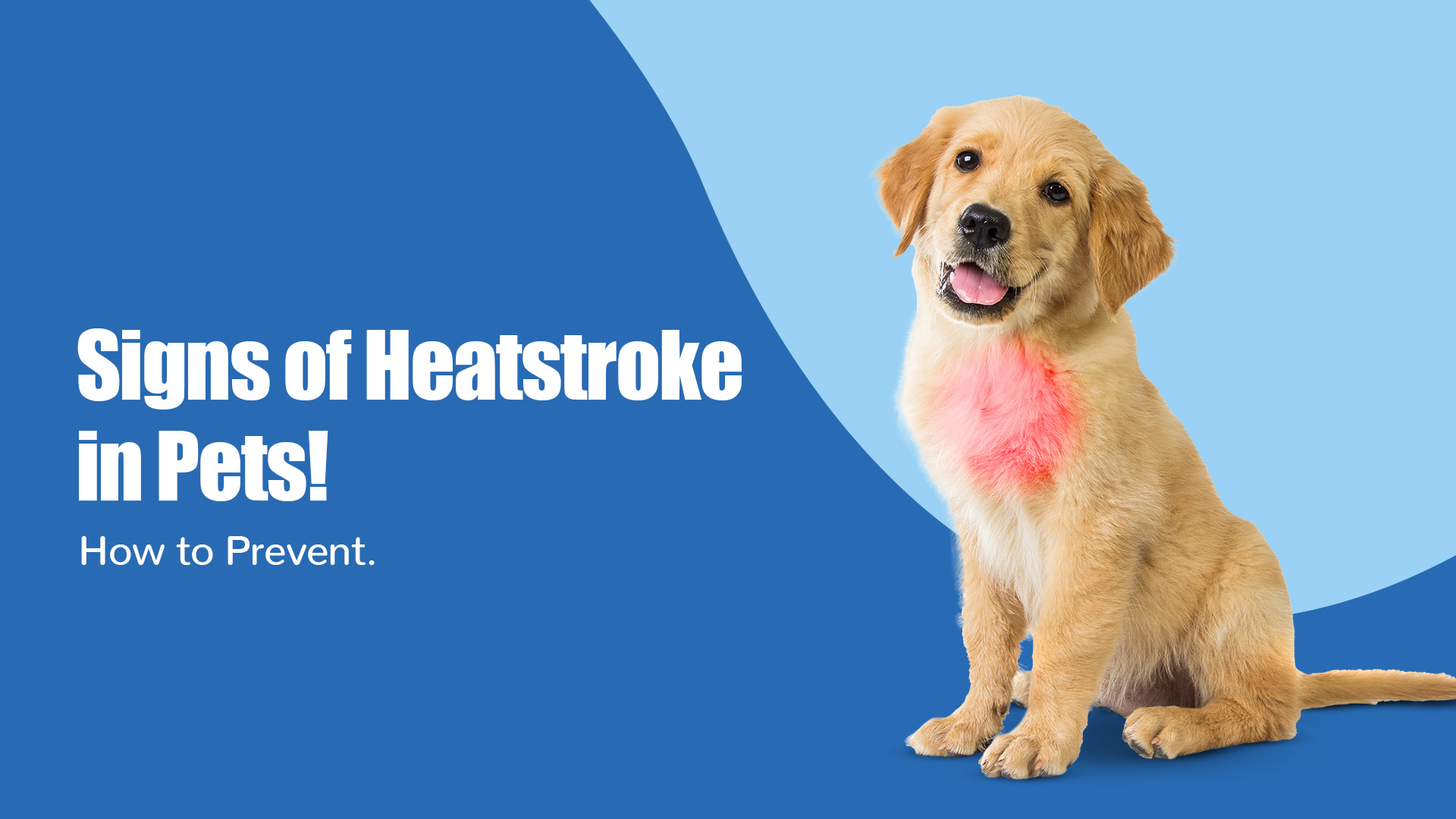
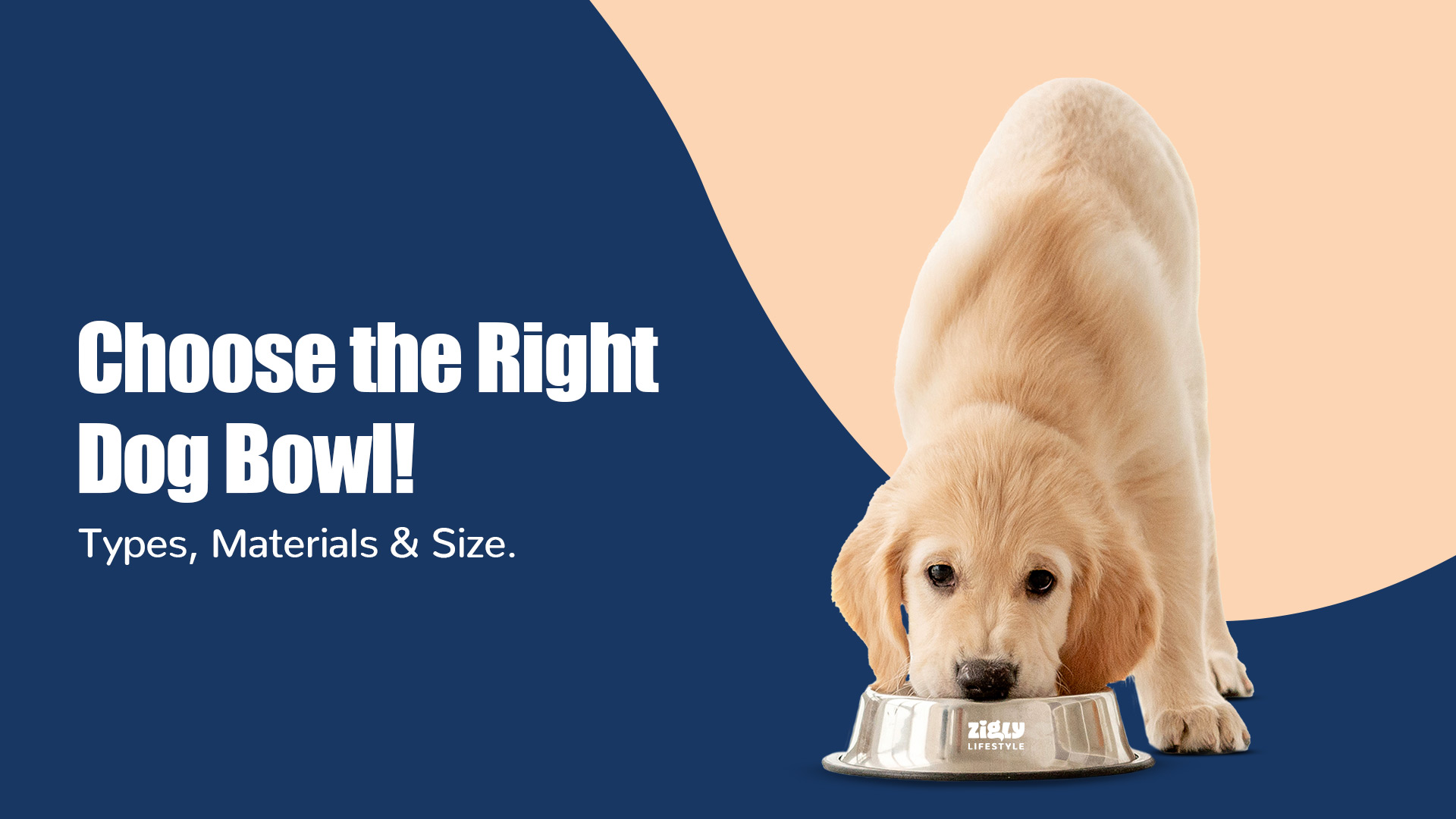

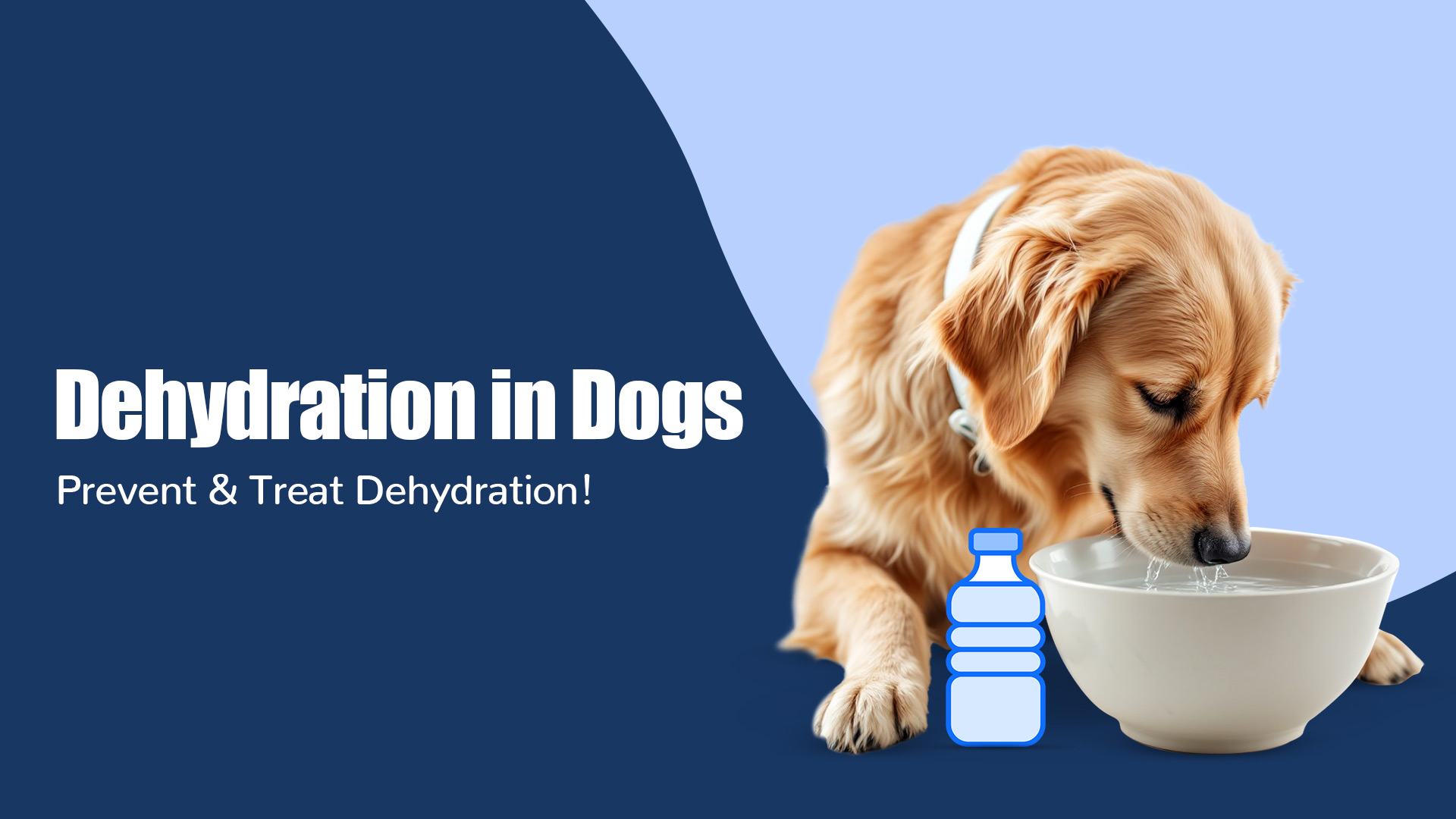
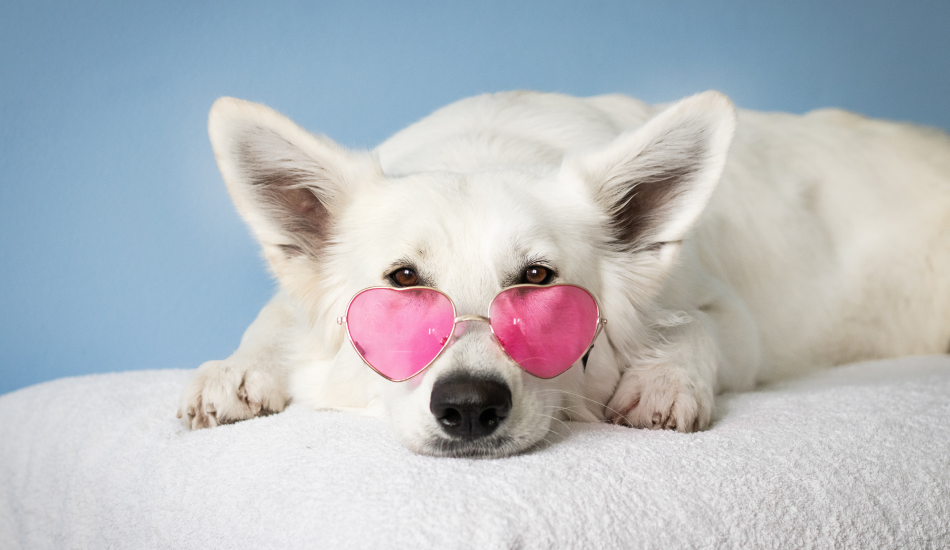
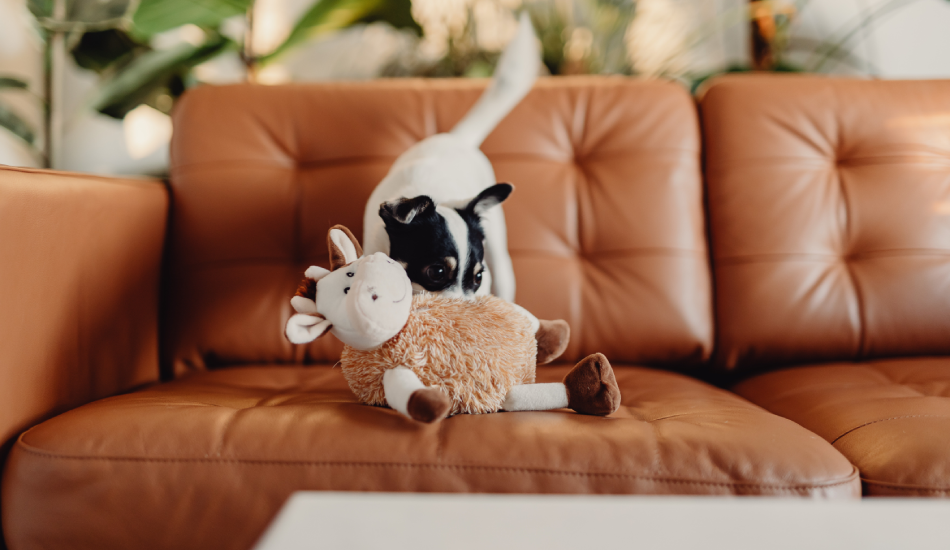



The information below is required for social login
Create New Account